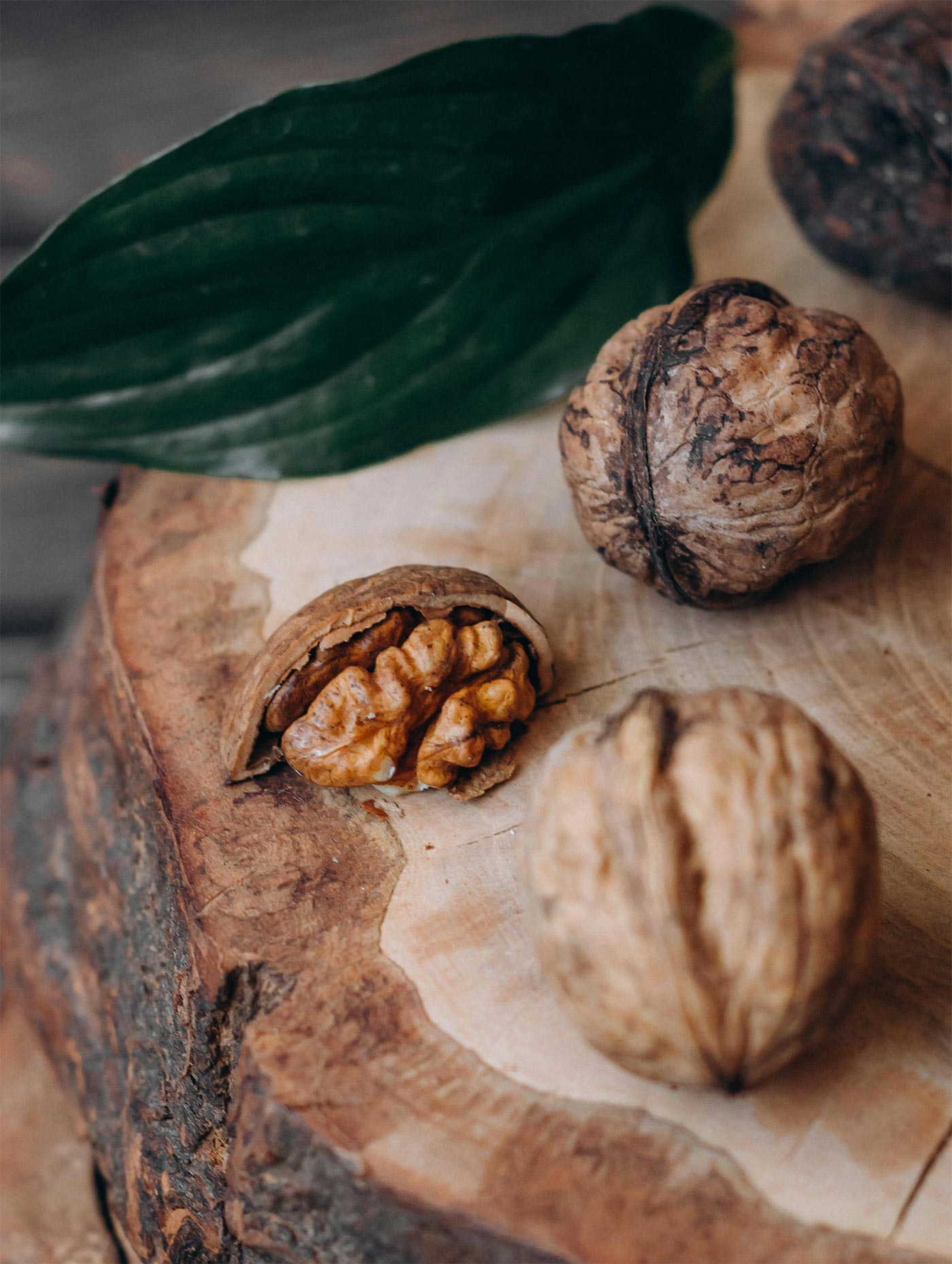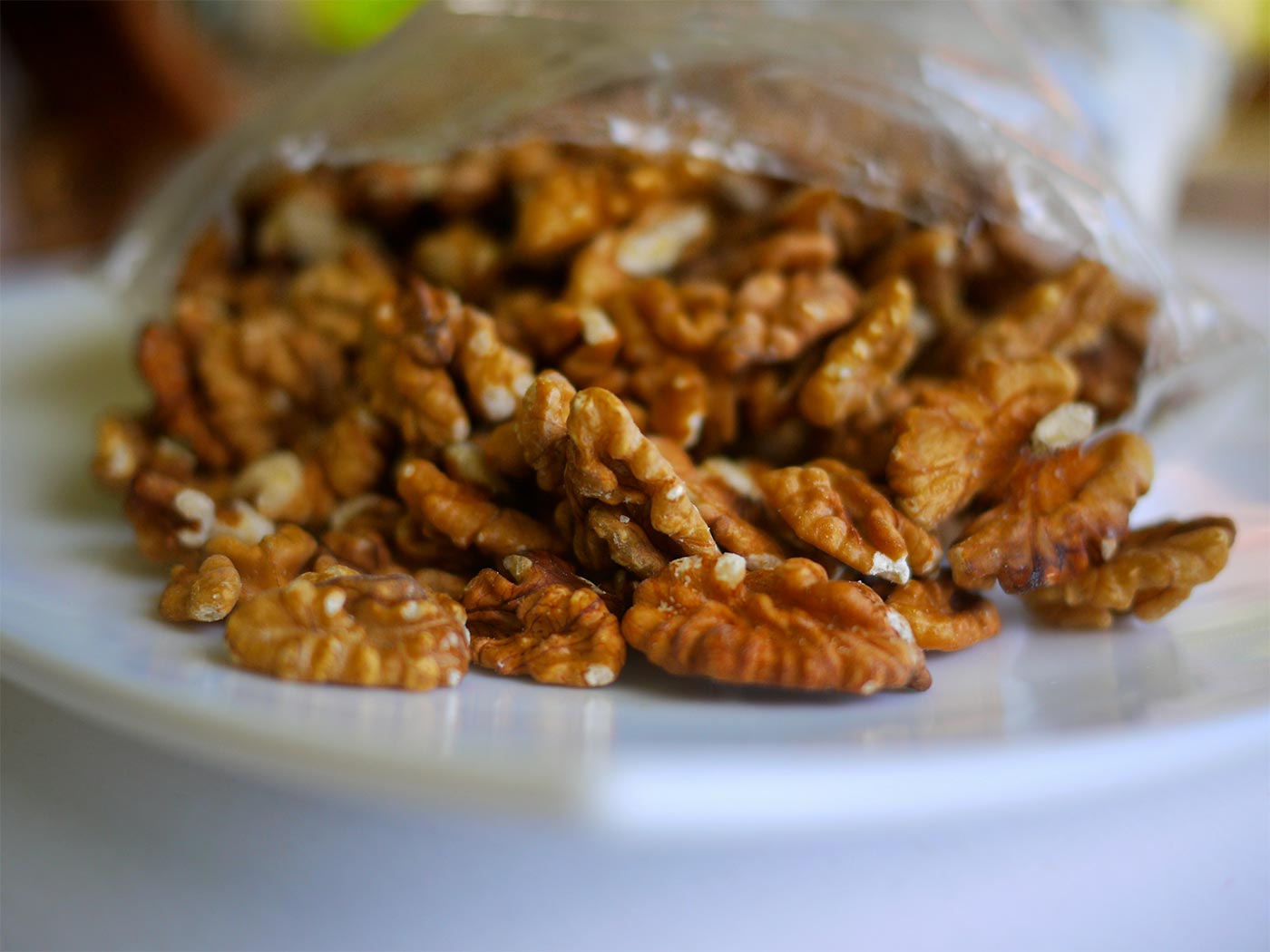Walnuts: A Staple of Persian Cuisine with Rich Flavor and History
A Nut Rooted in Persian Culinary Tradition
Walnuts have been an essential ingredient in Persian cuisine for centuries, valued for their rich, earthy flavor and nutritional benefits. From savory dishes to sweet treats, they add depth, texture, and a natural richness to many classic Persian recipes. Beyond their culinary uses, walnuts hold a special place in Persian culture, often symbolizing wisdom and longevity in traditional storytelling.

A Key Ingredient in Persian Dishes
Walnuts are incredibly versatile and can be found in both hearty meals and delicate desserts. Their slightly bitter, buttery taste balances well with sweet and tangy flavors, making them an essential component in Persian cooking.
Popular uses of walnuts in Persian cuisine include:
- Fesenjan – A rich stew made with walnuts and pomegranate molasses, creating a deep, nutty, and tangy flavor.
- Noghl – Traditional Persian sugar-coated walnuts, often served at weddings and celebrations.
- Baklava and Sweets – Used as a key filling in Persian pastries, adding crunch and flavor.
- Sabzi Khordan – Served fresh alongside herbs, cheese, and bread in traditional Persian meals.
Health Benefits of Walnuts
Beyond their culinary appeal, walnuts are packed with healthy fats, antioxidants, and essential nutrients. They are a great source of omega-3 fatty acids, supporting brain health and heart function. In Persian medicine, walnuts have long been considered a warming food, believed to improve energy and circulation.

Why Walnuts Deserve a Spot in Your Kitchen
Whether you’re making a classic Persian stew, a nutty dessert, or simply snacking, walnuts offer rich flavor, satisfying crunch, and incredible health benefits. Their ability to complement both sweet and savory dishes makes them an irreplaceable ingredient in Persian cooking.

